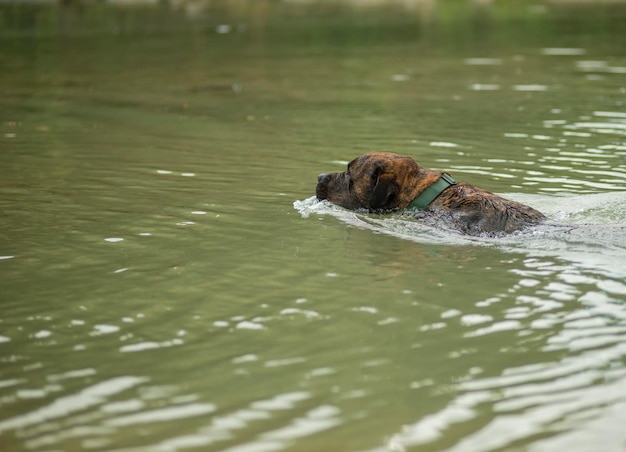Expert Tips for Rescue Dog Training – Free Stock Photos to Download for Free
Understanding Rescue Dog Training
Rescue dog training is an important process that helps dogs in need find their place in loving homes. These dogs often come with their own histories, which may include trauma and uncertainty. Proper training can make a world of difference in their behavior and overall happiness.
Why Training is Important for Rescue Dogs
Many rescue dogs face challenges that purebred dogs may not. Training is crucial for several reasons:
- Behavioral Improvement: With training, behaviors such as aggression or fear can be altered.
- Socialization Skills: Training helps rescue dogs interact positively with people and other animals.
- Trust Building: Through consistent training, dogs learn to trust their new owners.
Key Training Techniques for Rescue Dogs
Training a rescue dog may require different approaches than training other dogs. Here are some effective techniques:
Positive Reinforcement
Positive reinforcement involves rewarding your dog for good behavior. This can include treats, praise, or playtime. This method helps create a strong bond between the owner and the dog.
Consistency is Key
Being consistent with commands and routines is essential. Use the same cues and signals every time; this helps the dog learn faster.
Building Confidence
Rescue dogs often have low self-esteem. Engage them in activities that boost their confidence. Short training sessions that end with a success can help keep their spirits high.
Common Challenges in Rescue Dog Training
Training rescue dogs might come with its own set of challenges. Here are a few common issues:
- Fear and Anxiety: Rescue dogs may fear new environments or certain situations.
- Past Trauma: Previous abuse or neglect can affect their behavior.
- Attention Span: Some rescue dogs have difficulty focusing during training sessions.
Creating a Safe and Loving Environment
It's essential to create a space where rescue dogs feel safe and loved. Here are some tips:
- Provide a Calm Space: Designate a quiet area where they can retreat when feeling overwhelmed.
- Establish a Routine: Dogs thrive on routine; it helps them understand what to expect.
- Engage Their Mind: Mental stimulation through toys and puzzles can help keep them happy.
Conclusion
Training a rescue dog takes time, patience, and love. The journey can be rewarding as you watch them grow into loyal companions. With the right approach and understanding, a rescue dog can flourish in a new home.












